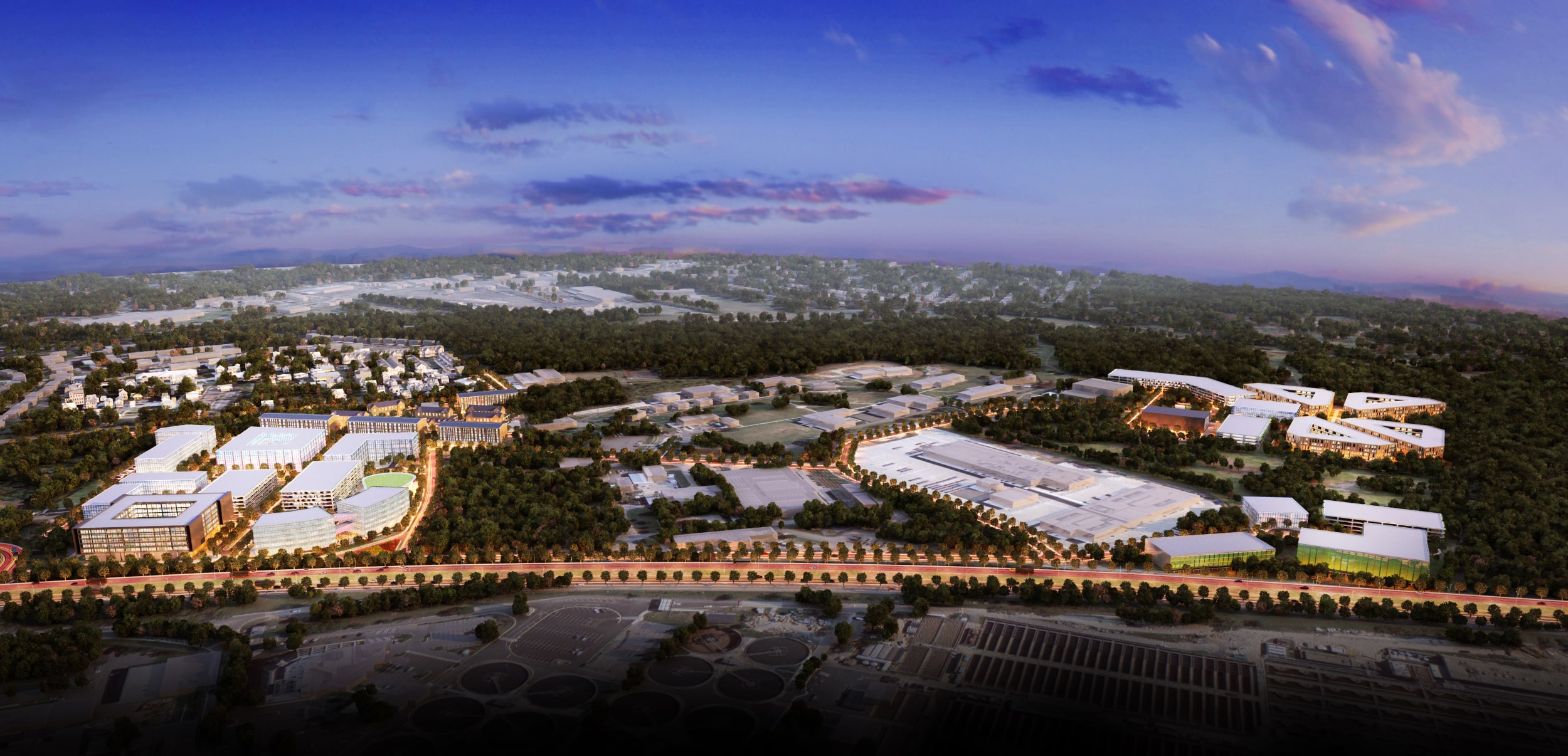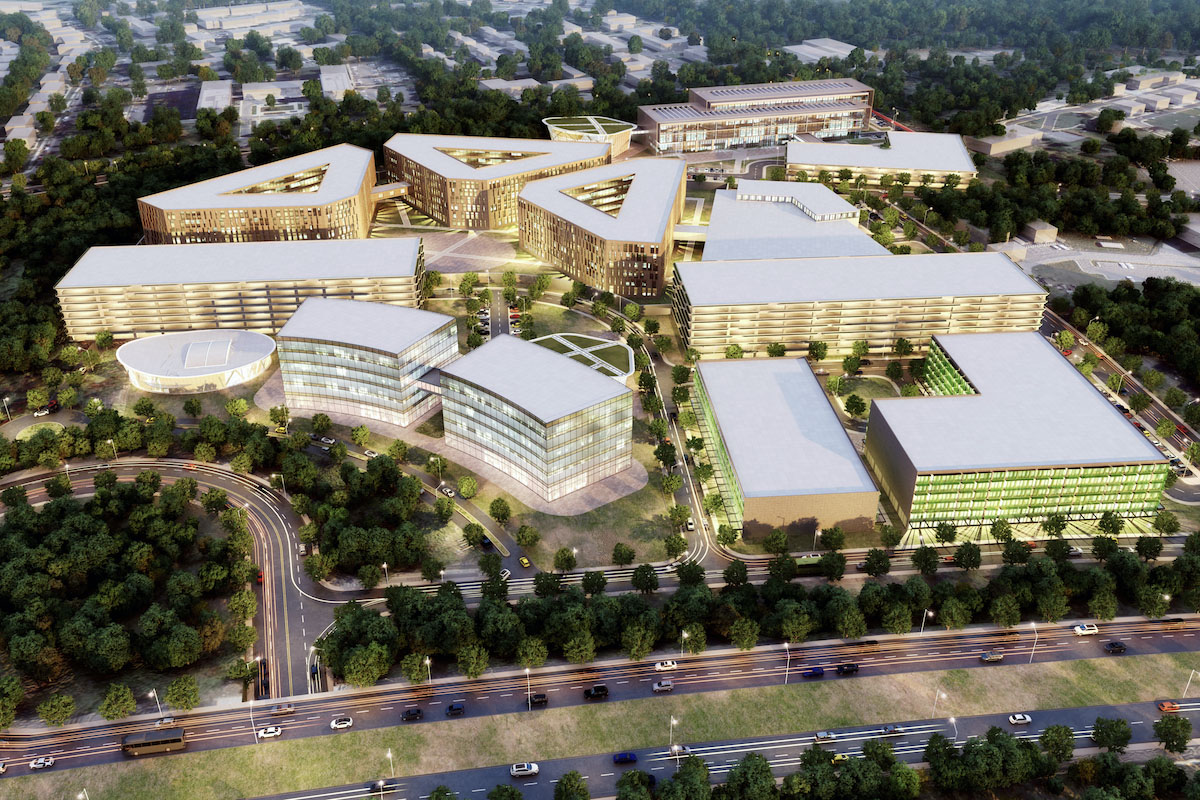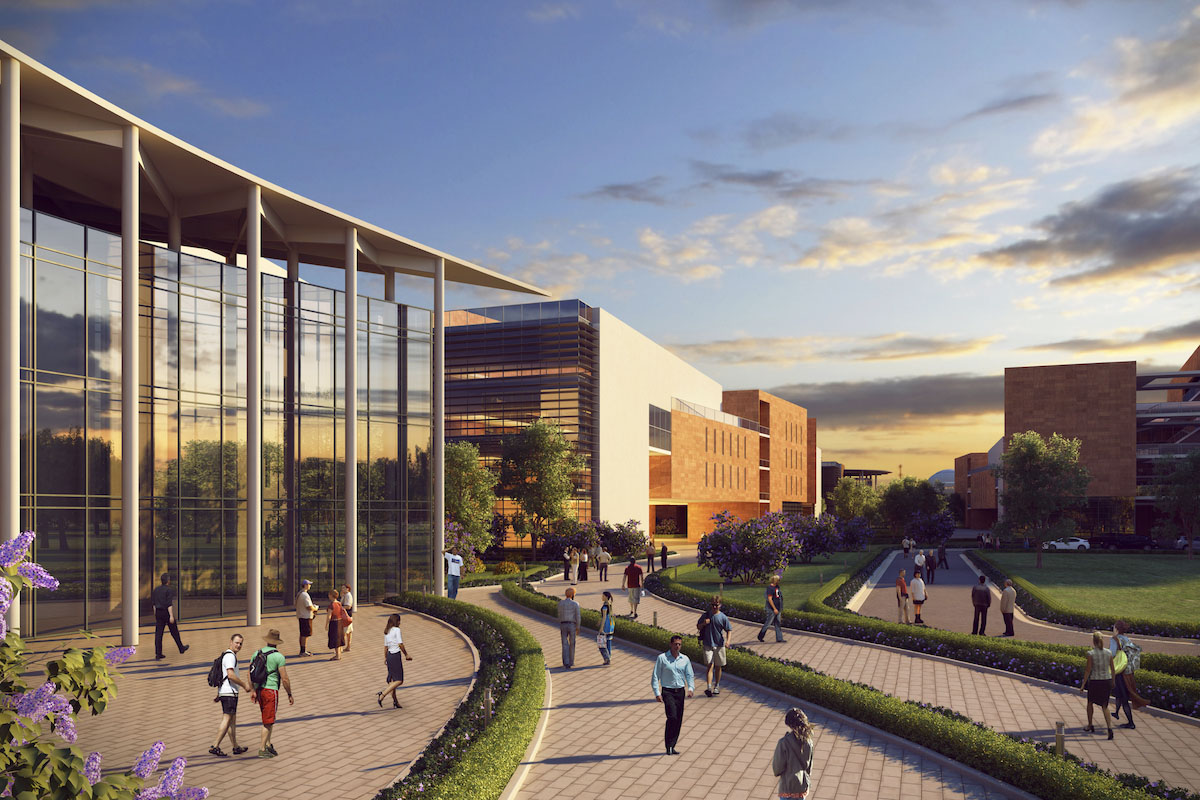Master Planning
Some of America’s older cities are famous – or infamous – for their narrow streets and eccentric neighborhoods. These organic patterns were imprinted when cities had little control over how landowners used their property. The need to think about future growth or the multiple priorities of a metropolitan area took a back seat to the pressing concerns of the day.
As the country industrialized and became more urban, the unintended consequences of unplanned growth and unclear decision-making began to manifest. Urban designers and theorists began to develop urban models and urban designs that would allow for growth while managing its negative effects on workers.
But economic imperatives have often been given priority over the needs of people. Our Master Planning practice strives to balance market efficiencies and human needs through sustainability models.
We believe that the cultural heritage of communities can benefit from a holistic, planned approach of development. We work with communities who have been negatively affected by development in the past to repair and redress harms caused by highway construction, the intrusion of power plants, and other infrastructure “improvements” that have disrupted neighborhoods and even destroyed lives. We also work to ensure that future landscape development takes sustainability and the cultural, mental, and physical impacts on residents into account.
Our work as master planners and urban designers has involved us with several great communities with their own unique identities. Each master plan process is specifically designed to respect and suit the community’s particular needs.
We act first as trusted listeners, gathering information at the ground level that informs our planning. That public engagement drives our decision-making. The goal is protect and strengthen communities with a well-planned built environment and landscape that prioritizes sustainability, community health and wellbeing, and social and economic revitalization.
Public amenities such as recreation centers, schools, and libraries; commercial opportunities such as neighborhood retail, sit-down restaurants and grocery stores are all part of the plan of the built environment. Pedestrian and vehicular access paths keep neighbors connected. Robust access to transit, employment opportunities, and the amenities of the city weave each neighborhood into the fabric of the city.
Planning for vibrant, connected city living does not happen at the expense of economic opportunity. Our urban designers and the entire design firm’s decision-making and experience are the opposite: thorough planning that takes communities into account, that makes their voices heard, is a crucial driver for the long-term prosperity of cities.






